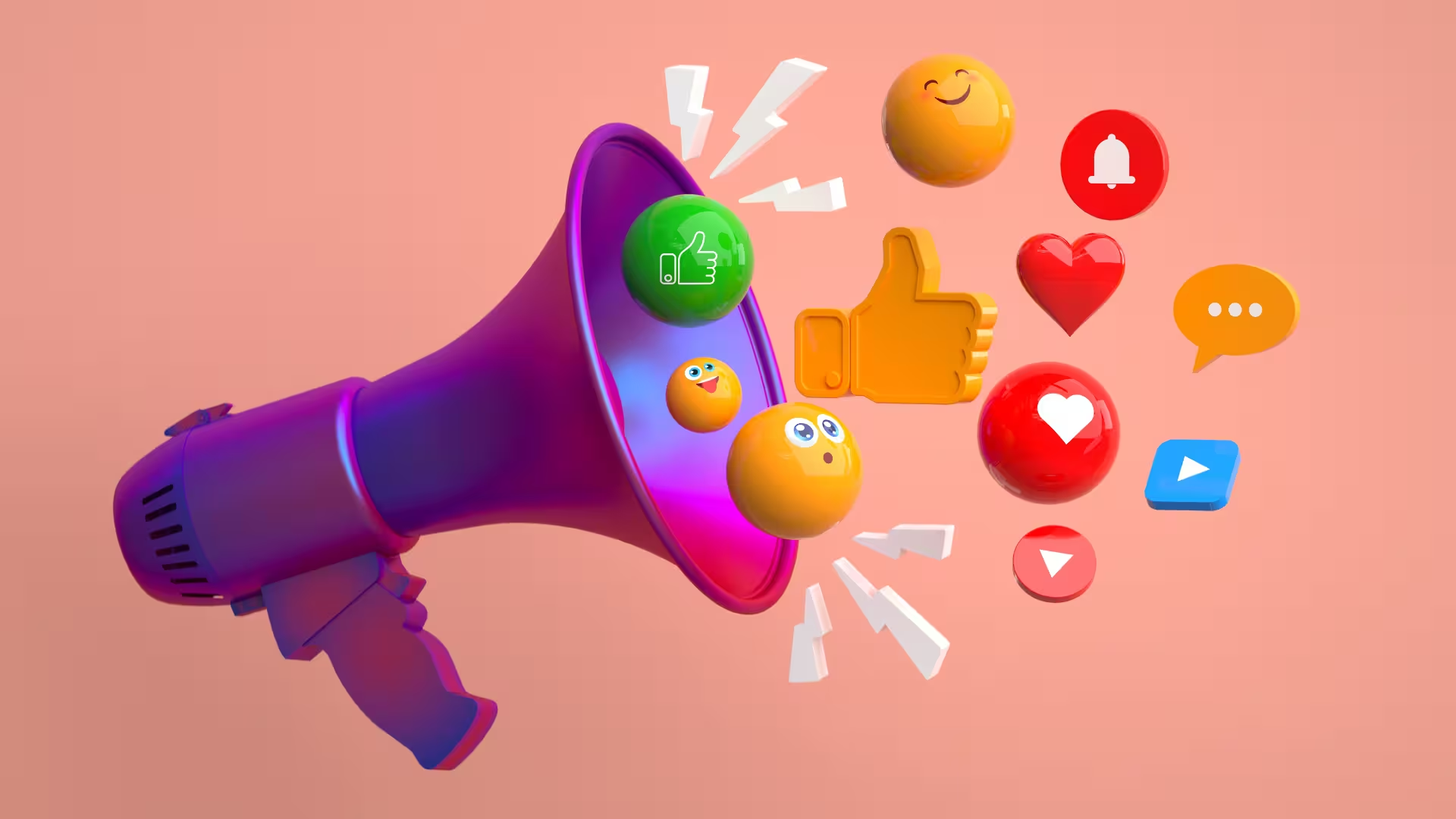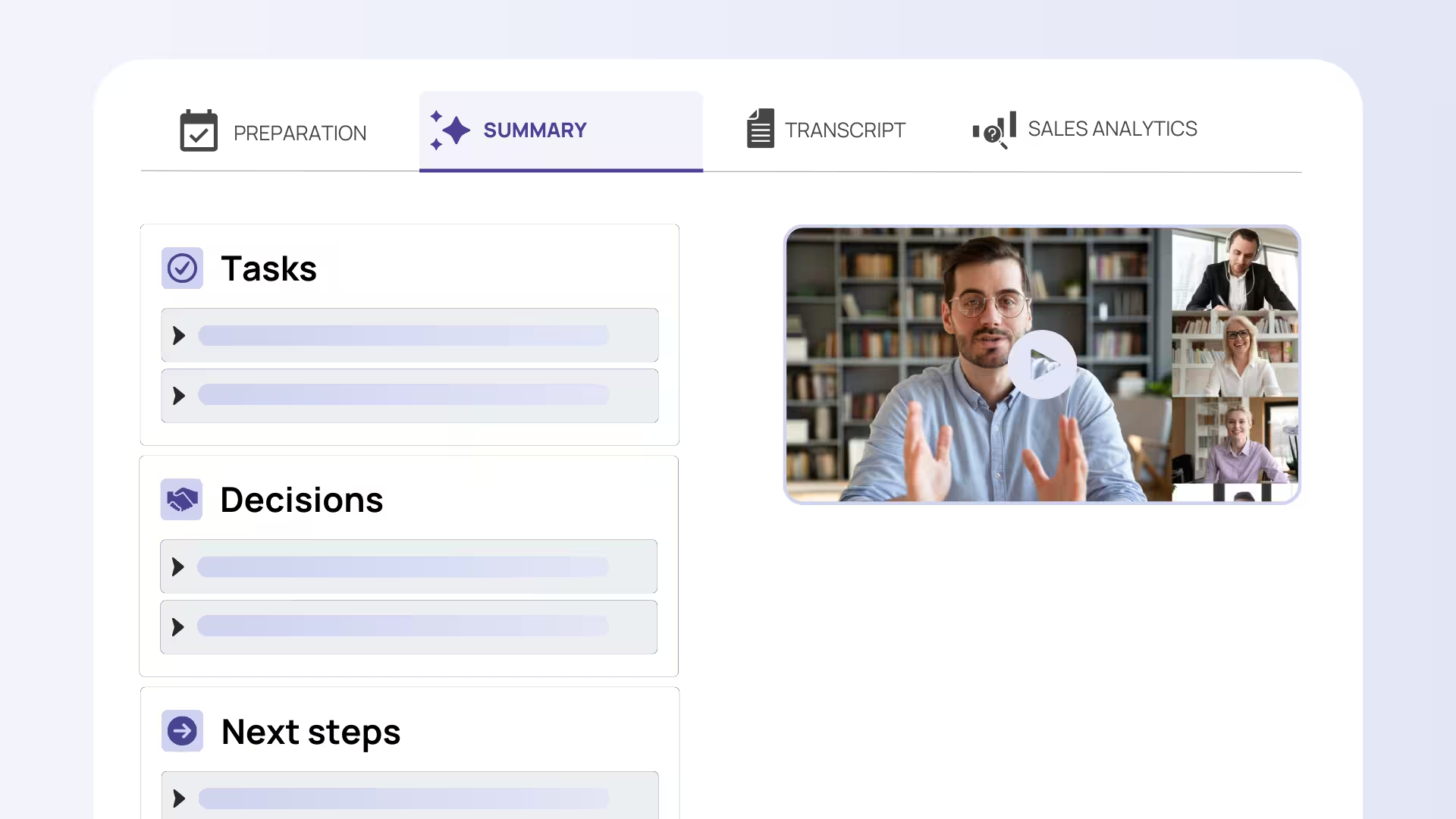Table of Contents
The working world has fundamentally changed in recent years. Hybrid teams, global collaboration, and flexible working hours have become the standard. Traditional synchronous communication – meetings, phone calls, and spontaneous conversations – increasingly reaches its limits. Effective asynchronous communication offers a solution that not only saves time but also boosts productivity.
Many people know the problem: endless meetings interrupt workflow, time zones complicate coordination, and constant communication pressure leads to stress. Asynchronous communication – where messages and responses occur with time delays – can solve these challenges.
In this article, you'll learn how to successfully implement asynchronous communication in your company. We'll look at the fundamentals, examine advantages and challenges, show you proven methods, and take a look at future trends and psychological aspects.
This article is aimed at executives, team leaders, and all employees who want to optimize their communication strategy while increasing both efficiency and employee satisfaction.
What is effective asynchronous communication? – Terms and meaning
Definition of asynchronous communication
Asynchronous communication means that you send and receive messages without all participants needing to be present simultaneously. Instead of speaking in real-time, you leave information that others can read and respond to at a later time.
Typical examples include emails, Slack messages, comments in project management tools like Asana or Notion, wiki entries, or even meeting summaries. A practical example: Instead of calling a meeting to discuss project status, you share updates in a shared channel and give the team time to ask questions or provide feedback.
Difference from synchronous communication
Synchronous communication takes place in real-time – all participants are there simultaneously. Video conferences, phone calls, or personal conversations fall into this category. Here you react immediately, can ask follow-up questions, and receive direct feedback.
Asynchronous communication, on the other hand, gives you time to think. You can consider how to phrase something, gather information, and give thoughtful responses. While synchronous communication is often suitable for creative brainstorming or complex discussions, asynchronous communication is perfect for updates, decisions, and structured information sharing.
Why is effective asynchronous communication important?
In global teams, people work in different time zones. When your colleague in New York schedules a meeting at 9 AM, it's already 3 PM for the team in Munich. Asynchronous communication solves this problem elegantly: everyone can contribute at their optimal time.
It also reduces interruptions. Instead of being pulled out of workflow every 30 minutes by a message, you check your communication channels at fixed times. This means more focus and better work results.

Advantages and challenges of asynchronous communication
Main advantages
Productivity increase tops the list. According to a Microsoft study from 2023, 70% of remote workers report increased productivity through well-implemented asynchronous communication. The reason: fewer interruptions mean longer periods of concentrated work.
Reflection time for quality assurance is another important advantage. Instead of responding spontaneously, you can take time to gather information and make thoughtful decisions. This leads to better results and fewer errors.
Flexibility is particularly valuable for teams with different working hours. Early birds can complete their most important tasks in the morning, while night owls are more productive in the evening. Asynchronous communication respects these individual preferences.
Stress and pressure reduction occurs because the pressure for immediate responses disappears. You no longer have to answer every message immediately, but can take your time. This promotes work-life balance and significantly reduces burnout risks.
Typical challenges
The biggest challenge lies in the need for clear, precise communication. Without the ability to ask questions immediately, your messages must be understandable from the start. Misunderstandings can lead to delays and frustration.
Information overload is another problem. When everyone writes at any time, important messages can get lost in the masses. Lack of immediate feedback can also make you uncertain whether your message has been received.
Cultural differences play an important role. In some cultures, direct messages are perceived as rude, while other cultures prefer very direct exchange. These differences can lead to misunderstandings.
Finally, there's the risk of delays. If important decisions are only made asynchronously, the process can drag on unnecessarily.
Best practices for implementing effective asynchronous communication
Establish clear communication guidelines
Define clear rules for your team. Which information belongs in which channels? Do you use Slack for quick updates, email for official communication, and project management tools for tasks? Also set response times: responding within 24 hours is usually realistic, while immediate responses should only be expected in real emergencies.
A practical example: "Urgent questions go by phone, project updates via Slack, detailed briefings by email." Such guidelines help everyone on the team make the right choice.
Formulate messages clearly and precisely
Structure your messages so they're understandable even without follow-up questions. Use bullet points for complex information, start with a brief summary, and end with clear calls to action.
Instead of writing: "We need to talk about the project," write: "Marketing campaign project update: 80% of budget spent, deadline in 2 weeks. Need your assessment of planned additional measures by Friday."
Select and use the right tools wisely
Modern platforms like Slack, Microsoft Teams, Notion, or Confluence offer various functions for asynchronous communication. The important thing is to focus on a few tools instead of using many in parallel.
AI-powered features can provide enormous added value here. Automatic summaries, prioritization of important messages, or intelligent reminders help maintain overview. Tools like Sally can, for example, automatically transcribe and summarize meetings, so team members who couldn't participate can quickly get up to speed.
Feedback loops and regular evaluation
Regularly gather feedback: Is our communication working? Where do misunderstandings arise? Which tools are well-received? This feedback helps continuously improve communication processes.
Also implement simple confirmation systems: A quick "Understood" or emoji can be enough to show that the message has been received.

Foster cultural sensitivity
In global teams, cultural competence is crucial. Organize workshops on intercultural communication styles and explain why some colleagues communicate very directly while others are more indirect.
Also consider holidays and working hours in different countries. A tool that automatically displays time zones can avoid misunderstandings.
Find balance between synchronous and asynchronous communication
Not everything is suitable for asynchronous communication. Use synchronous formats for complex discussions, emotional topics, or creative brainstorming. Asynchronous communication works perfectly for updates, decisions, and information sharing.
A rule of thumb: If you're sending more than three emails back and forth on a topic, it's time for a quick conversation.
Future trends and psychological aspects of asynchronous communication
Technological developments
AI and automation will make asynchronous communication even more efficient. Imagine your communication tools automatically recognizing which messages are important, summarizing long discussions, and reminding you of important follow-ups.
Tools like Sally already show today how AI-powered summaries can work. Instead of listening to hours-long meetings, you get the most important points and decisions automatically prepared. This saves time and ensures nothing is lost.

Psychological benefits
Asynchronous communication demonstrably reduces stress. Without the pressure to respond immediately, employees can concentrate better and complete their work in peace. This improves not only work quality but also satisfaction.
Flexible time models also promote self-organization. Employees learn to better manage their time and set priorities. This leads to more personal responsibility and better results.
Sustainability in communication behavior
Long-term, effective asynchronous communication leads to more sustainable working methods. Employees are less stressed, have better work-life balance, and stay with the company longer. This reduces turnover and recruitment costs.
Studies show that companies with well-implemented asynchronous communication have lower burnout rates. The investment in better communication structures pays off not only short-term through higher productivity but also long-term through more satisfied employees.
Conclusion: Effective asynchronous communication as a success factor for modern teams
Effective asynchronous communication is not a trend but a necessity in the modern working world. It offers enormous advantages: higher productivity, better work-life balance, more flexibility, and less stress. At the same time, it brings challenges that can only be mastered through clear rules, suitable tools, and cultural sensitivity.
The key lies in balance. Not everything needs to be communicated asynchronously, but much of it can be. With the right guidelines, thoughtful tools, and an open communication culture, asynchronous communication becomes a success factor for your team.
Continuous adaptation is particularly important. What works today may not be optimal tomorrow. Gathering feedback, rethinking processes, and using new technologies – these are the foundations for long-term successful asynchronous communication.
The future belongs to teams that can flexibly switch between synchronous and asynchronous communication forms. Technological innovations and psychological insights will continue to drive this development. Companies that create the foundations now will benefit long-term from more resilient, satisfied, and productive teams.

Try meeting transcription now!
Experience how effortless meeting notes can be – try Sally free for 4 weeks.
Test NowOr: Arrange a Demo Appointment

.avif)


